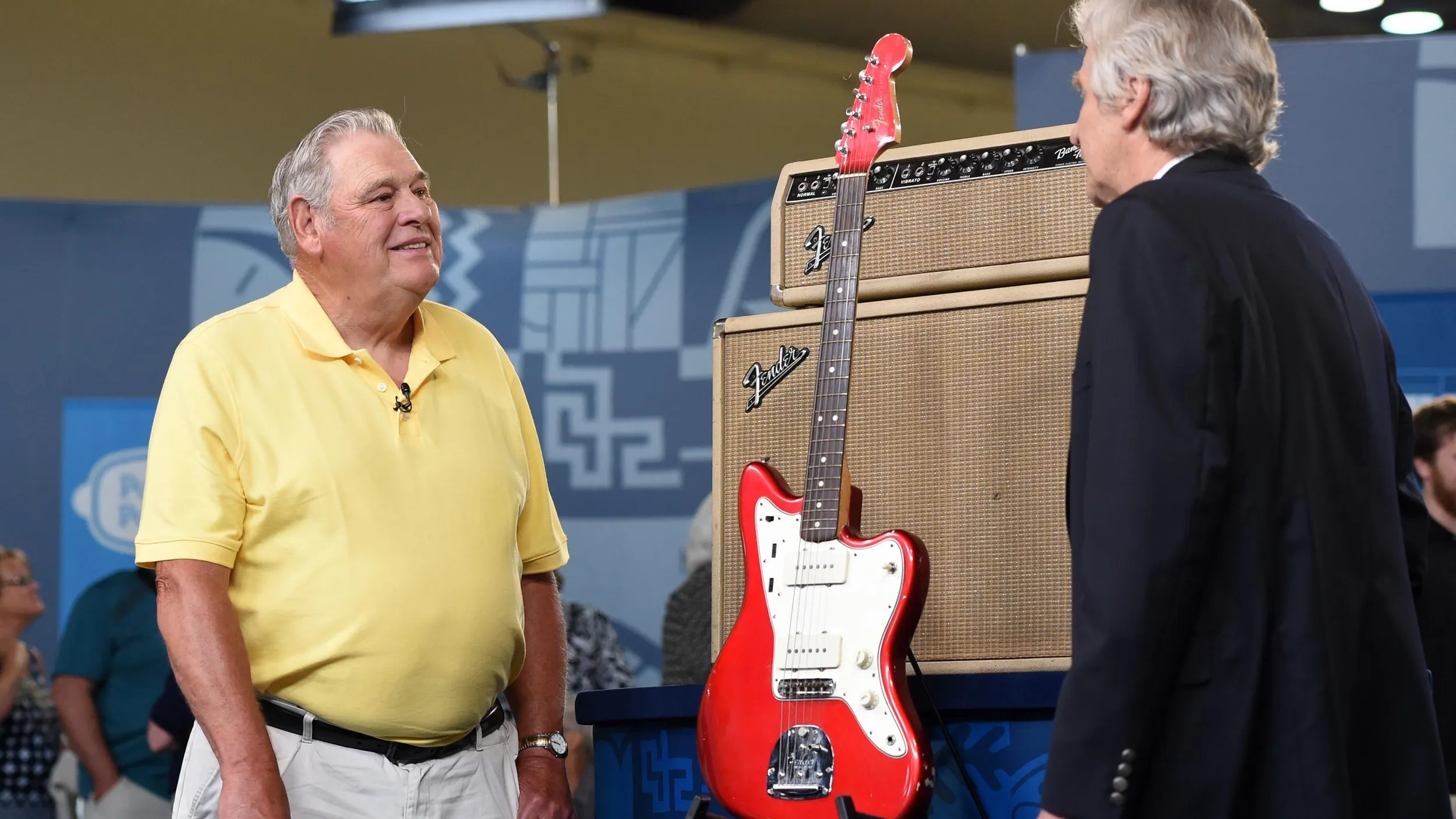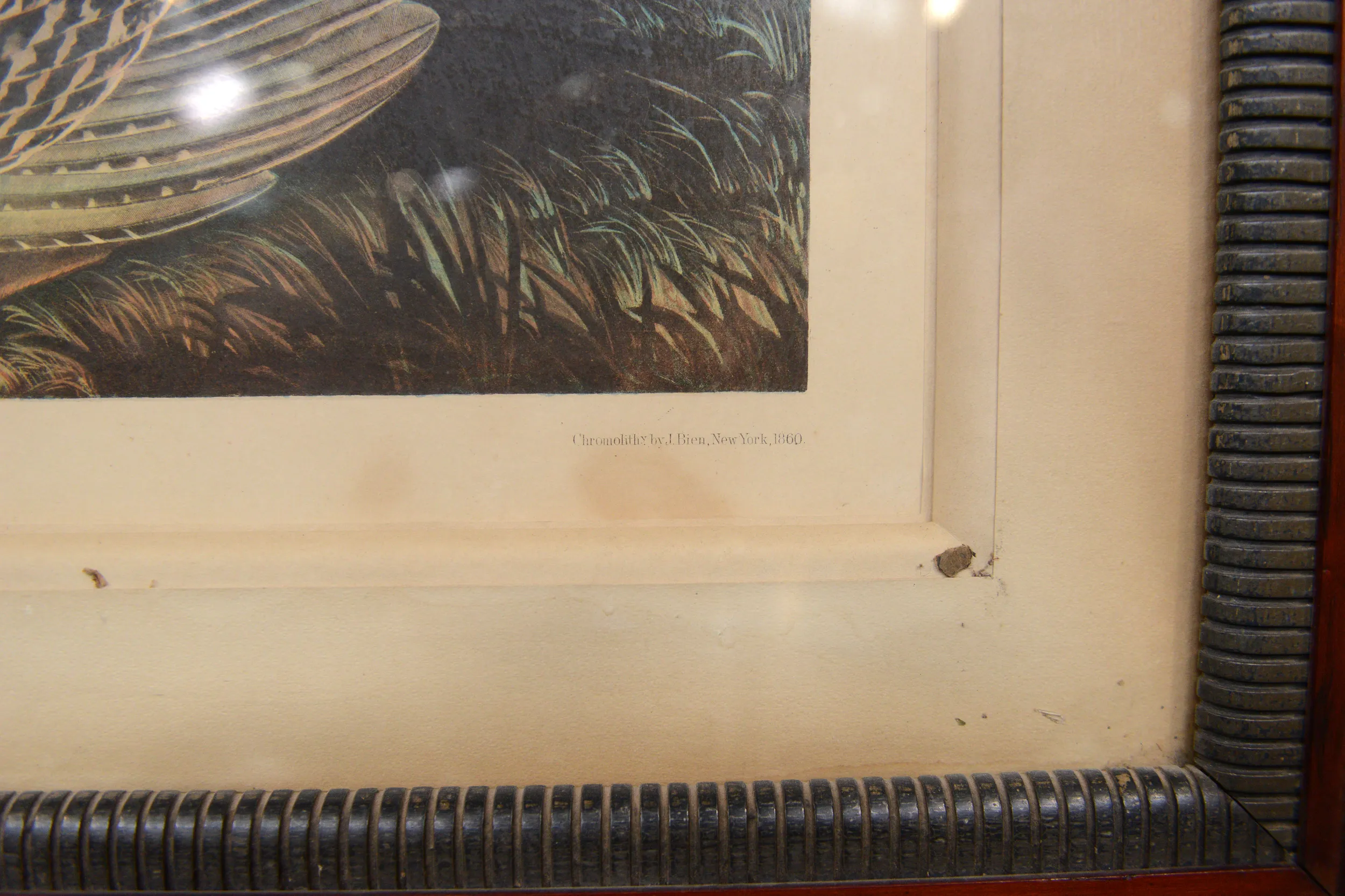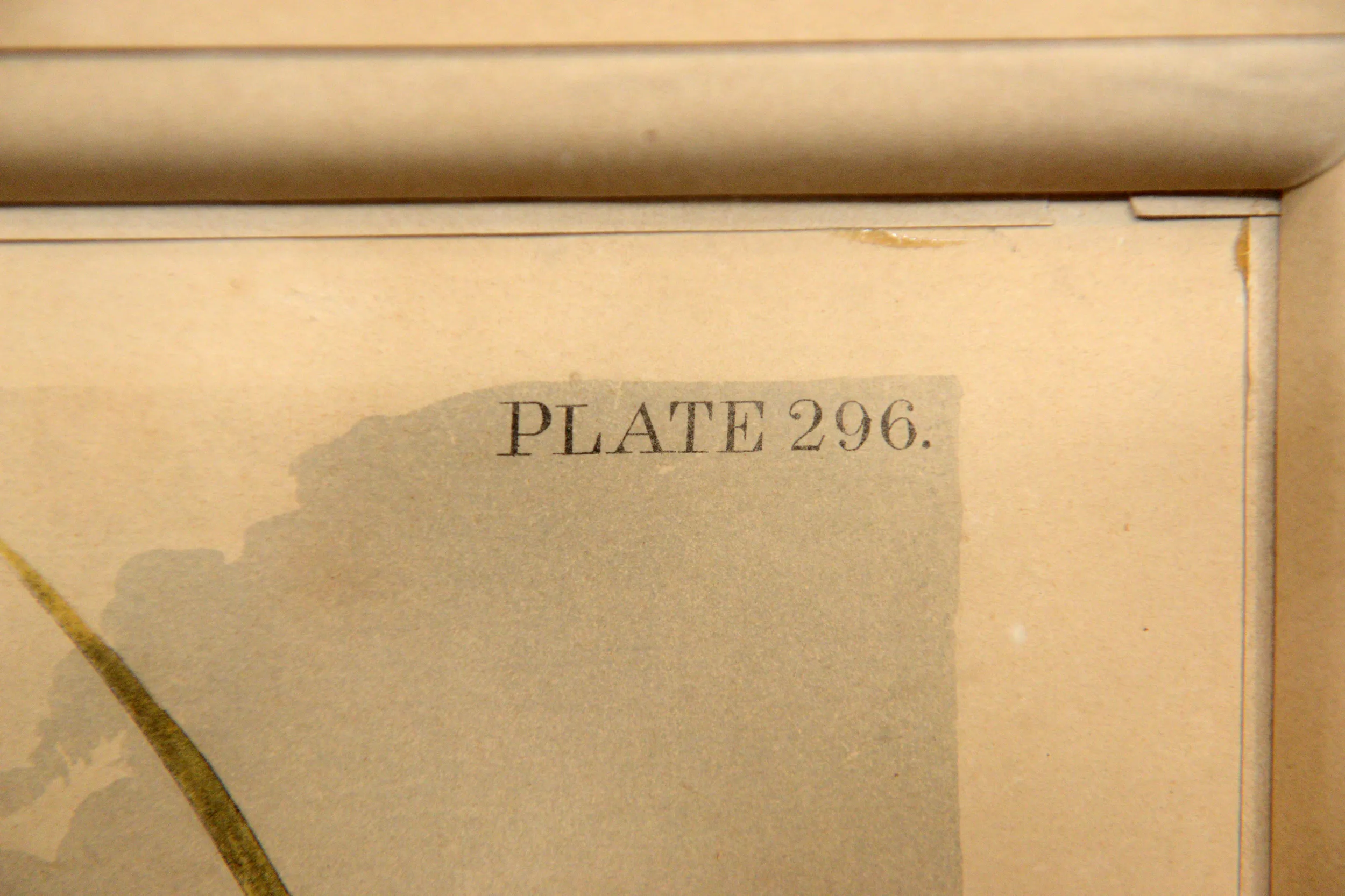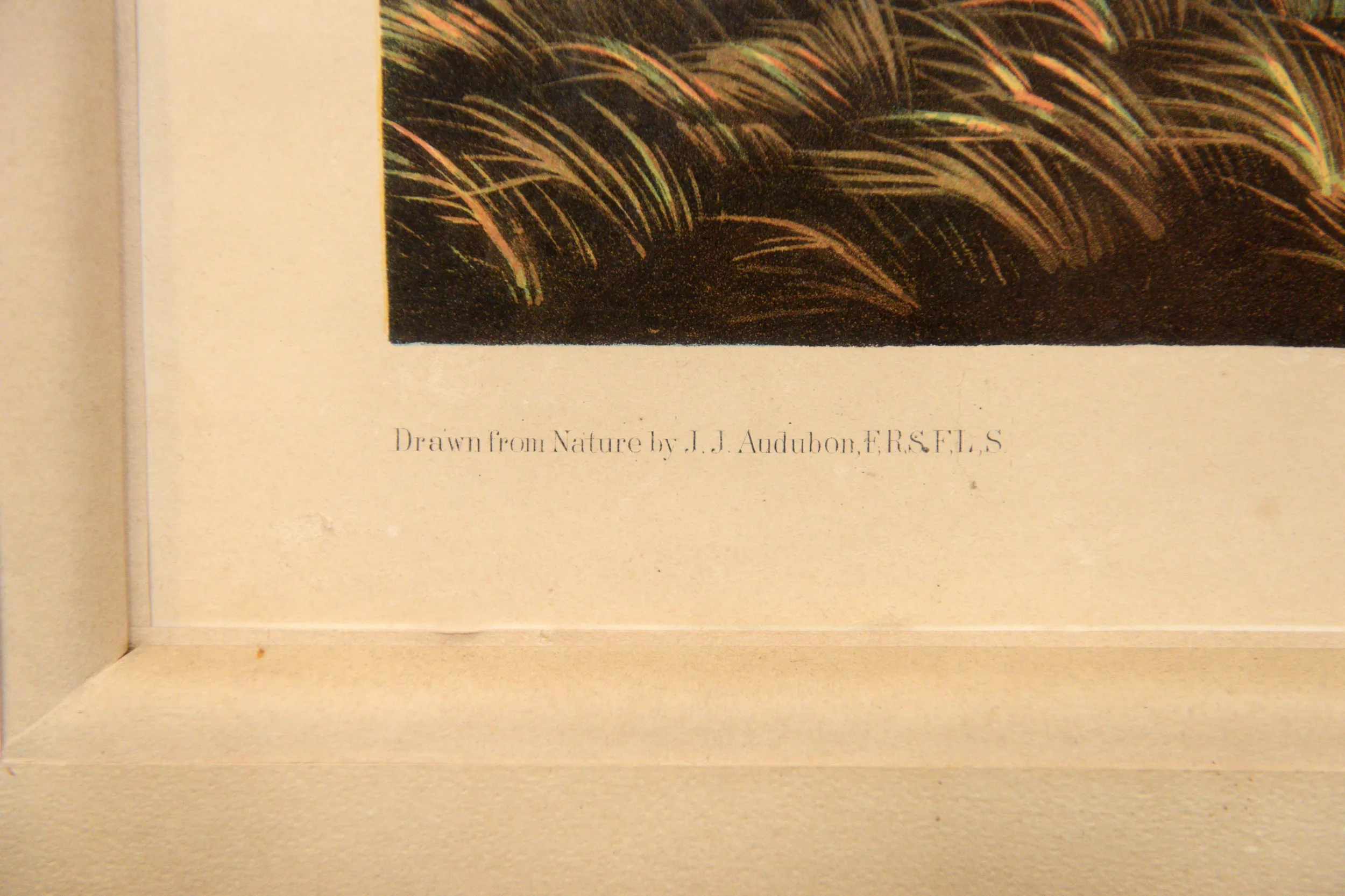GUEST: My uncle owned a pawn shop for years and then he closed down the pawn shop, so he had it in his home, and then when he passed away he left it for me and hadn't told me anything about it other than a sticker on the back that said it was a 1890 J. J. Audubon lithograph.
APPRAISER: Now, I have to say, I'm not sure so far you've had proper appreciation. Can you tell me where it's been since you got it?
GUEST: (laughing) Well, it didn't go with my decor, so I put it in a closet and threw a blanket over it and it was in the back of the closet for probably the last 13 years.
APPRAISER: Whether it goes with your décor or not, it is certainly a dramatic print.
GUEST: It is.
APPRAISER: And it is by John James Audubon, and it really represents what makes John James Audubon famous and one of the best American natural history artists. The birds are done life-size, and it's got the color and the drama and the impact that just jumps out at you.
GUEST: It does.
APPRAISER: Now, Audubon did these life-sized bird prints first between 1826 and 1838. And they were done in London as hand-colored aquatints. Audubon died in 1851 and his son, John Woodhouse Audubon, decided he would try to reissue it. But instead of doing aquatints in London, he decided he would do the new process-- or relatively new process—of chromolithography. And chromolithography is where every color is printed with a separate stone. And this is one of the earliest, really large projects done. It was done by a New York chromolithographer named Julius Bien. And actually it's not 1890, it's 1860.
GUEST: Oh.
APPRAISER: Because these prints were done between 1858 and 1860.
GUEST: Okay.
APPRAISER: Now, one of the nice things is of the Audubon's large prints that are life-size, the Havells, which are the first editions, are often reproduced. So if you have a large one that says Havell, it might be a reproduction.
GUEST: Oh.
APPRAISER: If you have one that says Bien, you know it's an original.
GUEST: Okay.
APPRAISER: Now, what was interesting is these were sold by subscription, which meant that people would buy a few of them from them, they give them the money, they use that money to make some more, and then they buy them, and that's the way that they raised the money.
GUEST: Oh.
APPRAISER: Well, Civil War came along. A lot of the subscribers to this series were Southern. They decided to stop buying them. They weren't going to send money up to New York for this. They didn't have the money, they had the war coming, and this actually is quite rare because they only did 105 plates versus the 400-plus plates of the first edition.
APPRAISER: Oh.
GUEST: And of each one, they think only between about 100 and maybe 150 of each individual prints. So they're actually quite a bit rarer than the first editions.
GUEST: Wow.
APPRAISER: Now, the first editions, because they are first editions, do sell more, but these could have surprising value. This print, even in this condition, would sell in a retail value for probably about $3,000 to $4,000.
GUEST: Wow.
APPRAISER: And the reason for that is because it is one of the great images, and it could be fixed up. It has some water stains, you can see there's some stains down here, and you can see along here you've got where the glass probably broke at one stage and it kind of damaged the paper?
GUEST: Right.
APPRAISER: Now, that can be fixed up.
GUEST: Okay.
APPRAISER: It would probably cost about $1,500 to fix it up, but if you did that, you could have a print that's, with the frame, that's worth maybe $7,500 to $8,000.
GUEST: Wow, wow, wow. Well, thank you, oh, my gosh. Oh, wow, that's awesome, not what I expected.














